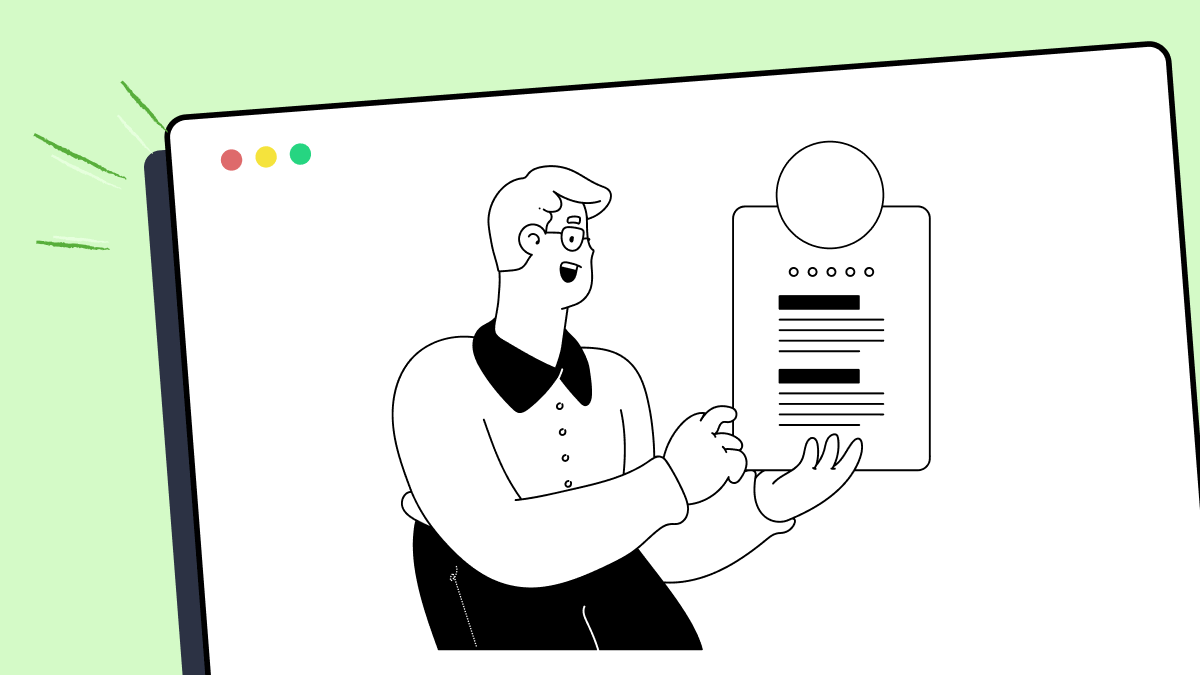How to use test_history_list method in stestr
Best Python code snippet using stestr_python
graph.py
Source: graph.py
1from keras.models import load_model2from keras.datasets import mnist3import matplotlib.pyplot as plt4from PIL import Image, ImageFilter5import numpy as np6import pickle7import keras8import time9import sys10train_loss_list = []11train_acc_list = []12test_loss_list = []13test_acc_list = []14model = load_model('./cnn/model1.h5')15train_history_list = pickle.load(open('./data/train.pkl', 'rb'))16test_history_list = pickle.load(open('./data/test.pkl', 'rb'))17print(type(train_history_list))18print(train_history_list)19train_loss_list = [train_history['loss'] for train_history in train_history_list]20train_acc_list = [train_history['accuracy'] for train_history in train_history_list]21test_loss_list = [test_history[0] for test_history in test_history_list]22test_acc_list = [test_history[1] for test_history in test_history_list]23# 4.2 (a), (b)24plt.figure()25plt.title('Model:1, Loss Graph, Epoch 1-5')26plt.plot(train_loss_list, marker='o', label='Training Set')27plt.plot(test_loss_list, marker='o', label='Test Set')28plt.xticks(np.arange(0, 5), np.arange(1, 7))29plt.legend(loc='upper right')30plt.ylabel('Loss')31plt.xlabel('Epoch')32# 4.2 (c), (d)33plt.figure()34plt.title('Model1 , Accuracy Graph, Epoch 1-5')35plt.plot(train_acc_list, marker='o', label='Training Set')36plt.plot(test_acc_list, marker='o', label='Test Set')37plt.xticks(np.arange(0, 5), np.arange(1, 7))38plt.legend(loc='lower right')39plt.ylabel('Accuracy')40plt.xlabel('Epoch')41#Rotation42test_rot_list = pickle.load(open('./rot/rotate.pkl', 'rb'))43test_rot_acc = [test_rot[1] for test_rot in test_rot_list]44plot_label = 'Model1'45plt.figure()46plt.plot(test_rot_acc, marker='o', label=plot_label)47plt.xticks(np.arange(0, 8), np.arange(-40, 40, step=10))48plt.legend(loc='upper left')49plt.ylabel('Test Accuracy')50plt.xlabel('Degree of Rotation')51# Gaussian Noise52test_blur_list = pickle.load(open('./blur/blurred.pkl', 'rb'))53test_blur_acc = [test_blur[1] for test_blur in test_blur_list]54plot_label = 'Model1'55blur_list = [0.01, 0.1, 1]56plt.figure()57plt.bar(np.arange(len(blur_list)), test_blur_acc, align='center', alpha=0.5)58plt.xticks(np.arange(len(blur_list)), blur_list)59plt.xlabel('Gaussian Noise variance')60plt.ylabel('Test accuracy')...test_ui_historylist.py
Source: test_ui_historylist.py
1from clipmanager.ui.historylist import HistoryListView2def test_history_list(qtbot, model):3 history_view = HistoryListView()4 history_view.setModel(model)5 history_view.show()6 qtbot.addWidget(history_view)...Blogs
Check out the latest blogs from LambdaTest on this topic:
In recent times, many web applications have been ported to mobile platforms, and mobile applications are also created to support businesses. However, Android and iOS are the major platforms because many people use smartphones compared to desktops for accessing web applications.
The web paradigm has changed considerably over the last few years. Web 2.0, a term coined way back in 1999, was one of the pivotal moments in the history of the Internet. UGC (User Generated Content), ease of use, and interoperability for the end-users were the key pillars of Web 2.0. Consumers who were only consuming content up till now started creating different forms of content (e.g., text, audio, video, etc.).
Agile project management is a great alternative to traditional methods, to address the customer’s needs and the delivery of business value from the beginning of the project. This blog describes the main benefits of Agile for both the customer and the business.
Automation Testing Tutorials
Learn to execute automation testing from scratch with LambdaTest Learning Hub. Right from setting up the prerequisites to run your first automation test, to following best practices and diving deeper into advanced test scenarios. LambdaTest Learning Hubs compile a list of step-by-step guides to help you be proficient with different test automation frameworks i.e. Selenium, Cypress, TestNG etc.
LambdaTest Learning Hubs:
- JUnit Tutorial
- TestNG Tutorial
- Webdriver Tutorial
- WebDriverIO Tutorial
- Protractor Tutorial
- Selenium 4 Tutorial
- Jenkins Tutorial
- NUnit Tutorial
- Jest Tutorial
- Playwright Tutorial
- Cypress Tutorial
- PyTest Tutorial
YouTube
You could also refer to video tutorials over LambdaTest YouTube channel to get step by step demonstration from industry experts.
Try LambdaTest Now !!
Get 100 minutes of automation test minutes FREE!!



